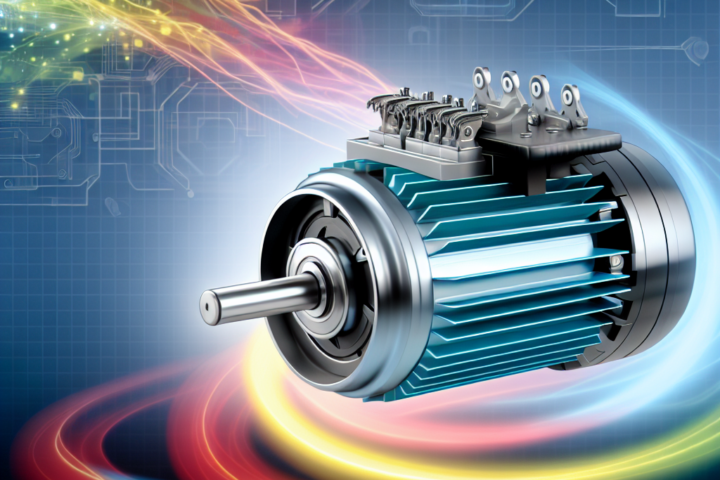Electric motors are integral components across a myriad of industries, from automotive manufacturing to household appliances. As pivotal elements in the conversion of electrical energy into mechanical power, these motors enhance the efficiency and functionality of various technological applications. Their versatility makes them essential in our increasingly mechanized world, where the demand for reliability and energy efficiency continues to grow.
Advancements in Electric Motor Technology
Recent advancements in the technology of electric motors have led to significant improvements in their performance and environmental impact. These innovations include the development of motors that are not only more energy-efficient but also capable of delivering greater power with less consumption. With a focus on sustainable engineering, manufacturers are increasingly incorporating materials that reduce the carbon footprint associated with production and operation.
In addition to improving energy efficiency, advancements in motor technology have also focused on extending the lifespan and reducing the maintenance needs of electric motors. Companies like VYBO Electric are at the forefront of this technological evolution, employing cutting-edge techniques to ensure that their motors meet the stringent demands of modern industry. By optimizing motor designs and using superior materials, VYBO Electric is able to offer solutions that not only comply with but also exceed industry standards for performance and sustainability.
The future direction of electric motor technology seems poised for even greater breakthroughs. With ongoing research into smarter and more adaptable motor systems, the potential applications for these devices continue to expand. This includes everything from more effective electric vehicles to industrial machinery that can adjust its operation dynamically to save energy and reduce wear. As we move forward, the role of electric motors in shaping an energy-efficient and sustainable future becomes clearer, underscoring their importance in both current and future technological landscapes.




